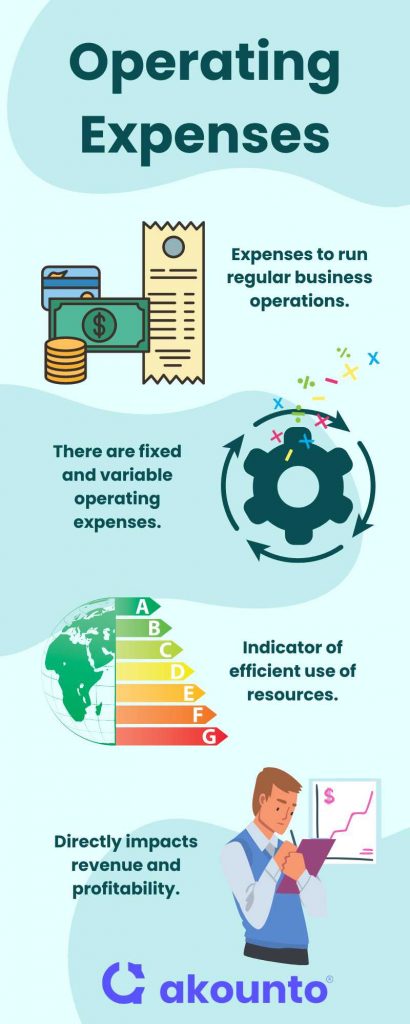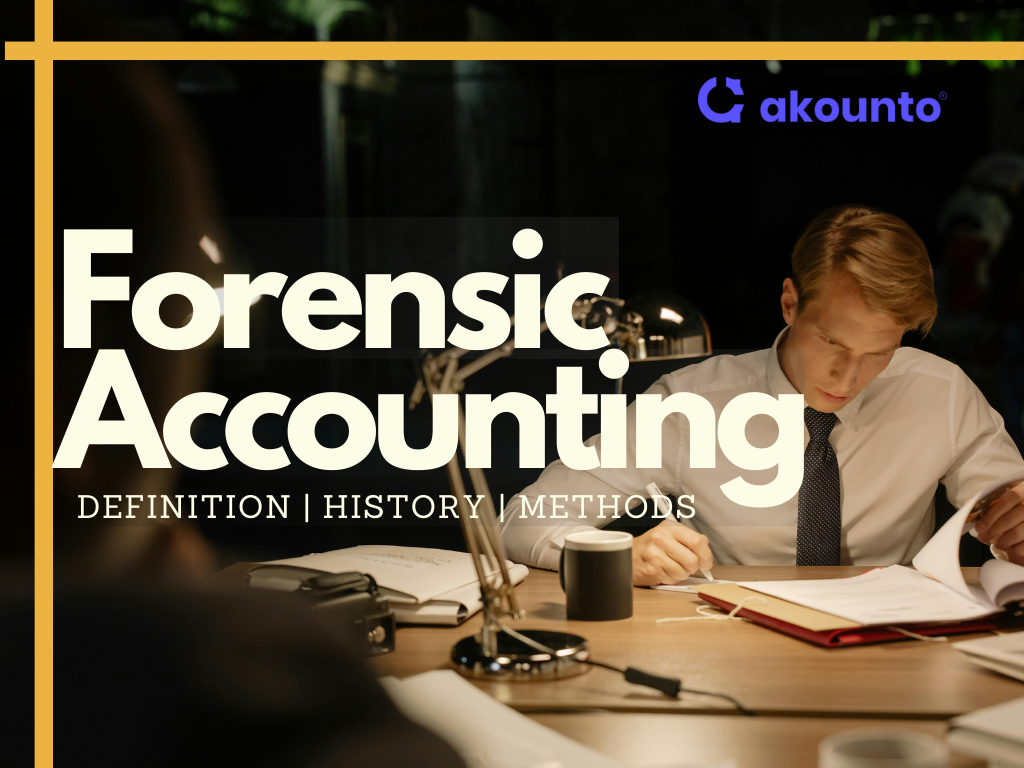Defining and Understanding Operating Expenses
Operating expenses (OPEX) are the costs incurred during regular operations, which are necessary to keep the business running efficiently.
[ez-toc]
Managing operating expenses is essential for business owners and financial analysts, as they directly impact a company’s profit and operational performance. By carefully considering the different operating expenses, businesses can make informed decisions to increase efficiency, reduce operating costs, and increase revenues.
Operating costs are usually accounted for in the company’s income statement. Operating expenses include specific costs related to operational activities, such as sales costs, utility costs, and depreciation of physical assets.
Understanding a company’s operating expenses is crucial for business owners and potential investors. They can use this information to compare the efficiency of different companies in the same industry and make informed investment decisions.
Lower operating expenses, while maintaining revenue, often lead to better profitability and can make a company more attractive to investors. Finding the right balance between fixed and variable expenses is vital for long-term sustainability and growth in most businesses.

Types and Examples
Operating expenses (OPEX), or operating costs, are fixed or variable.
Fixed OPEX, constant irrespective of business activity, includes:
- Rent or lease payments.
- Property taxes.
- Insurance premiums.
- Depreciation of assets like machinery or office furniture.
- Salaries for office staff, excluding variable wages like sales commissions for sales staff.
- Office Supplies
Variable operating expenses rise and fall with operational activities and goods sold. The following variable costs are considered operating expenses:
- Raw materials costs.
- Direct labor in peak periods.
- Fluctuating utility costs.
- Variable marketing costs, including travel expenses and sales commissions
Balancing fixed and variable costs is critical to a company’s financial health. While fixed costs provide some predictability, variable costs align more directly with sales, providing flexibility in fluctuating market conditions. Companies can enhance their operational efficiency and overall performance by carefully managing these different operating expenses.
Formula and Calculation

The calculation of operating expenses is vital in analyzing a company’s income statement. The basic formula is as follows:
Operating Expenses = Cost of Goods Sold (COGS) + Selling, General, and Administrative expenses (SG&A)
Here are the components:
- Cost of Goods Sold (COGS): Direct costs tied to producing a company’s goods, including raw materials and direct labor.
- SG&A: Non-production costs like sales commissions, advertising, and overhead costs such as office supplies, utilities, and salaries.
To determine the Operating Expense Ratio (OER), indicating the percentage of revenue consumed by operating costs, use:
Operating Expense Ratio = Operating Expenses / Net Sales
A lower ratio suggests greater profitability.
Consider this example:
A business with a COGS of $200,000 and SG&A expenses of $100,000 would have operating expenses of $300,000.
With net sales of $500,000, the Operating Expense Ratio would be 0.6 or 60%.
IRS and Operating Expenses
The Internal Revenue Service (IRS) permits entities to deduct ordinary and necessary expenses incurred during trade or business operations. An ordinary expense, as per the IRS, is common and accepted in your trade, while a necessary expense is useful and appropriate for your business.
Operating expenses, often considered operating costs, are typically deductible in the year incurred. This includes the cost of goods sold, administrative expenses, and various others that are reflected in the income statement. Businesses can maximize their deductions and improve their overall tax strategy by accurately tracking these costs.
This aligns with IRS guidelines and enables better financial management, contributing to an accurate and insightful income statement that facilitates improved decision-making.
Relation to Capital Expenditures
Every business incurs Capital Expenditures (CapEx) and Operating Expenses (OpEx), both treated differently in accounting and taxation due to their distinct business roles.
CapEx, used to acquire or upgrade capital assets like property and equipment, is not fully deducted in the period incurred but is capitalized and depreciated over the asset’s lifespan. They’re long-term investments expected to generate future revenue.
Conversely, OpEx, the cost of day-to-day operations such as rent, salaries, utility costs, and raw materials, is fully deducted in the period incurred. These costs directly influence a company’s operational efficiency and revenue-generating capacity.
Capital investments are typically larger, non-recurring expenses leading to asset acquisition or improvements, while operating expenses recurs for daily operations. Non-operating expenses, unrelated to core operations, are treated differently in accounting.
Understanding and managing these expenses is crucial for business owners and financial analysts. They offer insights into the company’s expenditure patterns, informing decisions to enhance efficiency, reduce operating costs, and boost profitability.
Impact
Operating expenses significantly impact a company’s financial performance and position in various ways:
- Profitability: A primary effect of operating expenses is on profitability. High operating costs can erode profit margins, while efficient management of these expenses can boost net income.
- Pricing Strategy: Operating expenses contribute to the cost of goods or services sold. Thus, they directly influence pricing strategies and, ultimately, competitiveness in the market.
- Cash Flow: Operating expenses can also significantly impact cash flow. If expenses exceed revenue, it could lead to negative cash flow, which might require external financing to cover shortfalls.
- Financial Ratios: Key financial ratios, such as the operating expense ratio (OER), depend on operating costs. These ratios are critical in financial analysis and comparisons with industry peers.
Operating vs. Non-Operating Expenses
| Operating Expenses | Non-Operating Expenses | |
| Definition | Costs incurred during daily business operations, like wages, rent, and utilities. | Expenses not related to core operations, such as interest paid on loans or loss on sale of assets. |
| Impact on Profit | Directly impact a company’s operational efficiency and its capacity to generate profit. | Do not affect the operational performance but can influence net income and financial standing. |
| Recurrence | Recurring expenses that a company incurs regularly. | Usually non-recurring or occasional expenses. |
| Tax Treatment | Typically fully deductible in the year they’re incurred. | Tax treatment varies depending on the nature of the expense. |
Understanding the distinction between operating and non-operating expenses is crucial for interpreting an income statement and profitability. Both types of expenses can influence the bottom line but in different ways.
Conclusion
As a business owner, understanding the financial intricacies of your company is crucial. One key area is operating expenses, considering the routine costs incurred in daily operations. These, coupled with capital expenses such as investments in equipment or infrastructure, constitute the core business costs.
Finding effective ways to reduce operating expenses can significantly enhance the ability to generate revenue. No matter what industry one operates in, mastery over these financial elements is vital to a company’s overall health, profitability, and long-term success.
Visit Akounto’s Blogs to learn more about topics that can help hone your business management skills.




